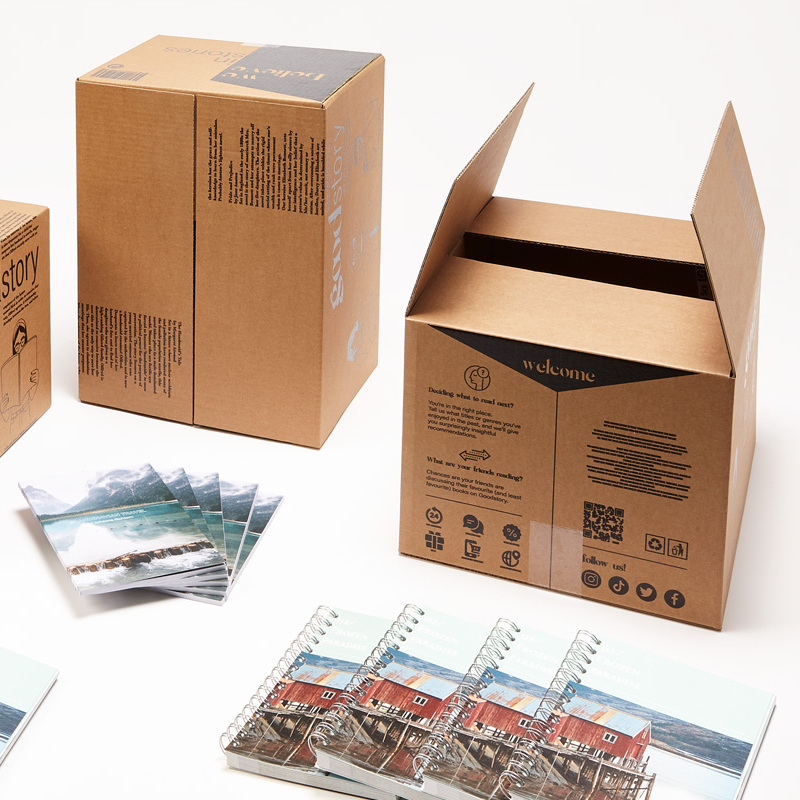The Art and Science of Wine Packaging
Wine packaging plays a pivotal role in the overall experience of wine consumption, serving not only as a protective vessel for the liquid inside but also as a crucial marketing tool that communicates the brand's identity and ethos. In a competitive marketplace, the aesthetics and functionality of wine packaging can significantly influence consumer choices and behaviors.
Traditionally, wine has been packaged in glass bottles, which are known for their ability to preserve the quality of the wine. The choice of glass helps to protect the wine from external elements such as light and air, which can lead to degradation of flavor. Green and brown glass bottles are commonly used as they offer better protection against ultraviolet light, which can cause wine to age prematurely. Moreover, the weight and shape of the bottle can evoke a sense of elegance and quality, appealing to consumers looking for a sophisticated product.
However, the world of wine packaging is undergoing a significant transformation. The shifting preferences of consumers, particularly younger generations, are driving the industry to explore alternative packaging options. Environmentally conscious consumers are increasingly favoring sustainable packaging solutions, prompting wineries to consider eco-friendly materials and designs. Options such as boxed wine, cans, and even Tetra Paks are gaining popularity due to their portability, lightweight nature, and lower carbon footprint.
Wine in a box, for instance, appeals to consumers looking for convenience and affordability. It has a longer shelf life once opened, making it an ideal choice for casual drinkers who don't want to commit to an entire bottle. Additionally, modern designs for wine boxes have become more aesthetically pleasing, breaking the stereotype that boxed wine is of lower quality. These innovations are not only practical but also cater to the evolving tastes of a new generation.
wine packaging

Canned wine has also emerged as a disruptor in the market. Targeting millennials and Gen Z, canned wine offers a casual and portable drinking experience, perfect for picnics, concerts, and other outdoor activities. The packaging is often vibrant and colorful, capturing the attention of younger consumers. Moreover, cans are recyclable and lightweight, making them an environmentally friendly alternative to traditional bottles.
In recent years, the advent of smart packaging technology has further influenced wine packaging trends. Wineries are beginning to explore the use of QR codes, augmented reality, and other interactive features that allow consumers to engage with the product in innovative ways. By scanning a code on the bottle, consumers can access information about the wine's origin, tasting notes, and pairing suggestions. This added layer of interaction not only enhances the consumer experience but also fosters a deeper connection between the brand and its audience.
Furthermore, packaging design has become an essential aspect of branding. A wine's label often serves as its first point of contact with consumers. Eye-catching artwork, unique typography, and compelling narratives about the winemaker or the vineyard can create a lasting impression that influences purchasing decisions. Wineries need to strike a balance between tradition and modernity, resonating with both long-time wine enthusiasts and new drinkers.
In conclusion, wine packaging is a dynamic field that reflects the changing landscape of consumer preferences and environmental considerations. As we move forward, the industry must continue to innovate while honoring the rich history and tradition of winemaking. Whether through sustainable materials, modern designs, or interactive technologies, the future of wine packaging promises to be as sophisticated and diverse as the wines themselves. As consumers become more discerning and vocal about their values, wineries that prioritize thoughtful packaging will undoubtedly stand out in an increasingly crowded market.



